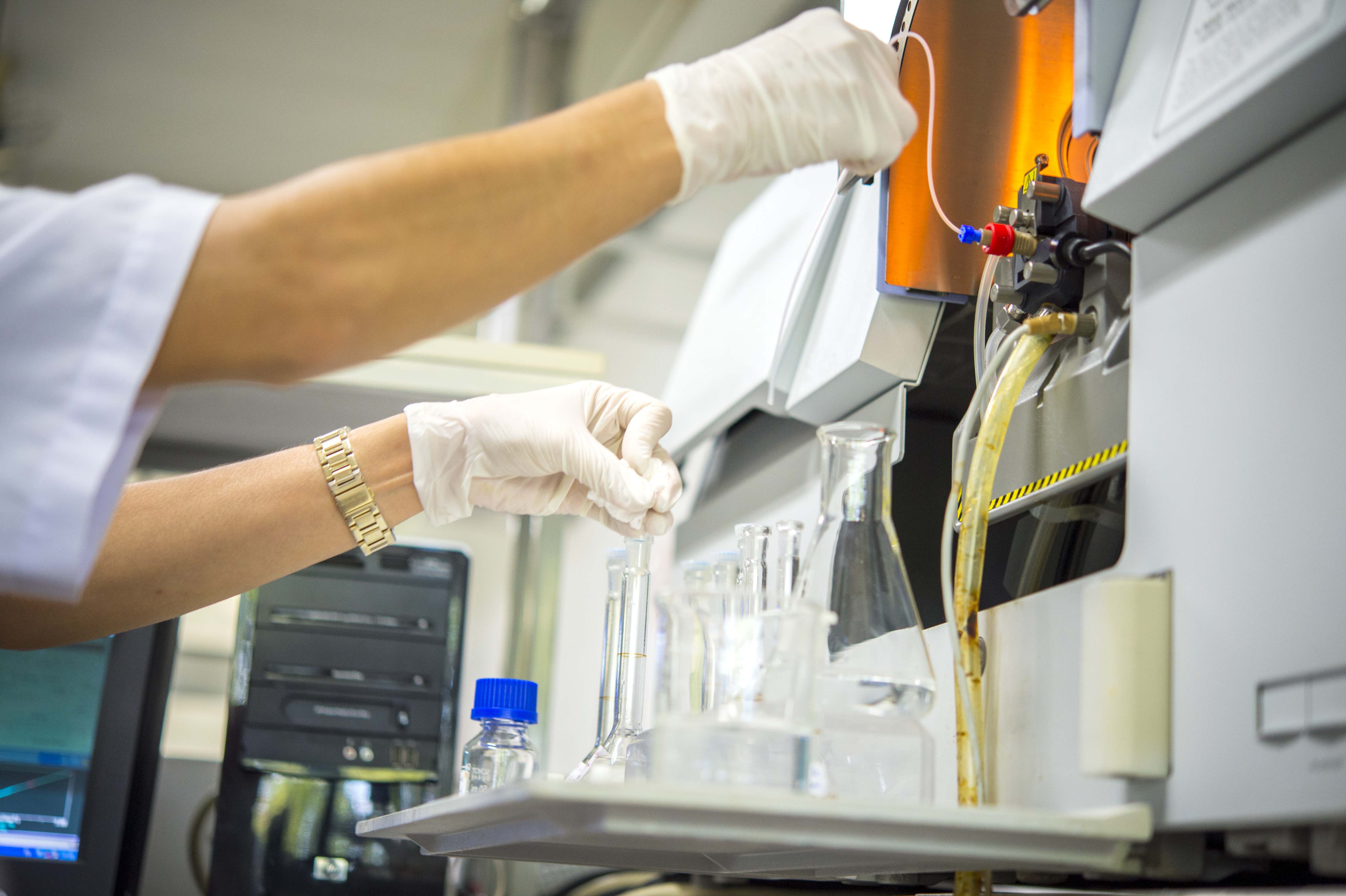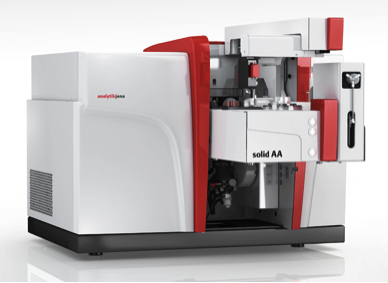March 28, 2019 -- In today's post, we'll be discussing one of the techniques used to determine the concentration of particular elements in a sample. Atomic absorption spectroscopy (AAS) is a spectro-analytical technique for the quantitative assessment of chemical elements through the absorption of optical radiation by free atoms in the gaseous state. The technique had its start in the 19th century, but underwent significant development in the 1950s. The core method has gone largely unchanged since. AAS can be used to determine over 70 different elements in solution or solid samples.

AAS is based on the principle that any atom has its own unique pattern of wavelengths to the distinct arrangement of electrons in its outer shell. A calibration curve must be set up in order to compare the unknown with known compounds. To do this, a known wavelength is selected for the detector and it will only measure energy at that wavelength. This is repeated with known concentrations until a line is formed and the researcher can mathematically determine the concentration of the unknown.
In AAS, the sample is first volatized through the application of heat. This is achieved by either introducing the sample to an acetylene flame or placing the sample into an electrically heated graphite tube. After the sample has been volatized, a light is shown through the gas. Because the radiation required to excite an electron to a new transition state (orbital) is dependent upon the element in question, the wavelength at which the electrons are excited can be compared to a known list of standard wavelengths. This, in turn, allows for the identification of the sample.
There are two main types of AAS, differentiated by the method through which the sample is volatized: flame and graphite furnace. Flame AAS is best for elemental analysis while furnace AAS for molecular composition.
The oldest and most commonly used atomizers are flames, being either air-acetylene at around 2300°C or the nitrous dioxide system (N2O)-acetylene flame at around 2700°C. In this technique, an aerosol of the sample is fed into a flame. The goal is to measure the concentration of free atoms in the atomizing unit and the Lambert-Beer law is employed. One should note the absorbance will be directly proportional to the number of free atoms in a unit of volume and the number of free atoms in the flame will be proportional to the concentration of analyte.

The other type of atomizer is the graphic furnace. Graphite tube atomizers typically yield better detection limits, but are slower to heat and less precise than flame. A hollow graphite tube is heated in order to atomize the analyte. The absorption of the atomic vapor will be measured following atomization. This technique is best for the determination of metals.
AAS is highly sensitive and can measure down to parts per billion of a gram in a sample. It has a number of uses ranging from pharmaceuticals, clinical analysis, and to the detection of toxic impurities in raw materials.
If you found this piece interesting, be sure to look into the rest of our atomic spectroscopy series!
What do you think? How does atomic spectroscopy play a role in your research? Tell us your thoughts below!
Copyright © 2019 scienceboard.net


